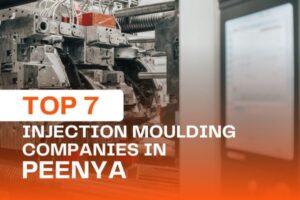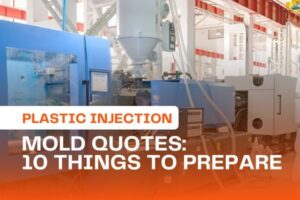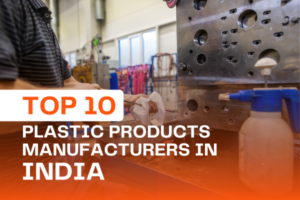2 Plate Mold
A 2 plate injection mold commonly used in the plastic injection molding industry. As the name suggests, a it consists of two plates that come together to form the mold cavity. The plates are separated by a parting line, which defines the shape of the plastic injection mold product being produced. In this article, we will explore the advantages and disadvantages of two plate molds, as well as the ideal use cases for this type of injection molding.
Advantages
Simple Design: A two-plate mold has just two plates bolted together, making it easy to assemble and disassemble. Its straightforward construction offers a cost-effective solution for plastic injection molding, especially in low to medium production volumes.
Versatility: Manufacturers use this mold type to produce a wide range of plastic parts, from simple shapes to multi-cavity designs with intricate details. Its flexibility makes it suitable for industries like automotive, consumer goods, and medical devices.
Efficient Production: These molds operate efficiently in high-volume settings. Their ability to open and close quickly supports fast cycle times and high production rates.
Reduced Scrap Rates: Two-plate molds generate less waste than other mold types. By minimizing air pockets and imperfections, they reduce scrap rates and save manufacturers money over the course of a production run.
Disadvantages
Limited Design Flexibility: This mold type can only handle parts with a single parting line. Complex designs with undercuts or multiple parting lines often require alternative mold types.
Part Ejection Issues: Since the mold cavity is formed by two plates closing together, parts must be ejected mechanically—often by a robot arm. This can introduce imperfections or visible parting lines on the finished product.
Ideal Use Cases
Low to Medium Volume Production: These molds offer a cost-effective solution for small to mid-size production runs.
Parts with Single Parting Lines: They’re perfect for simple geometries, such as cylinders or boxes, where only one parting line is required.
Fast Production: Ideal for fast-paced operations, these molds support quick cycle times and high output—perfect for large-scale manufacturing.
Cost-Effective Manufacturing: Thanks to their simple design and efficient production capabilities, two-plate molds help reduce costs while maintaining quality.
Conclusion
Two-plate molds provide a versatile, cost-effective option for plastic injection molding. They support efficient, high-speed production with minimal waste, though they may not suit complex part geometries or advanced ejection needs.
At Trumould, we specialize in designing and supplying two-plate mold solutions tailored to each project. Our experts help customers choose the right mold type for their application. Use our quoting system to explore cost and design options for your parts.




